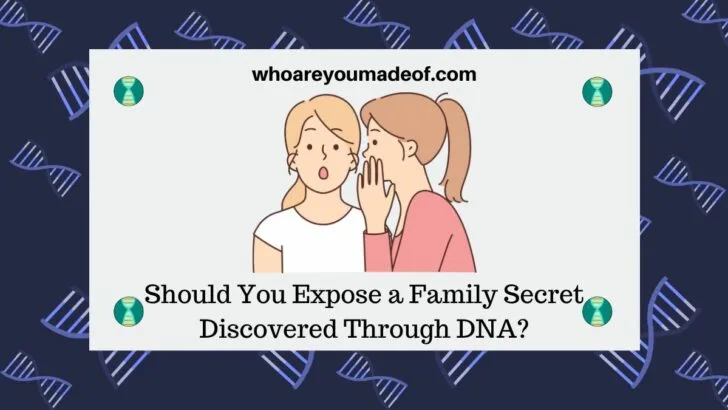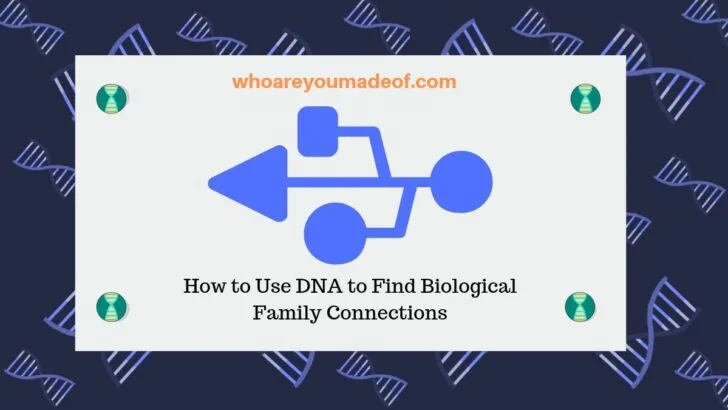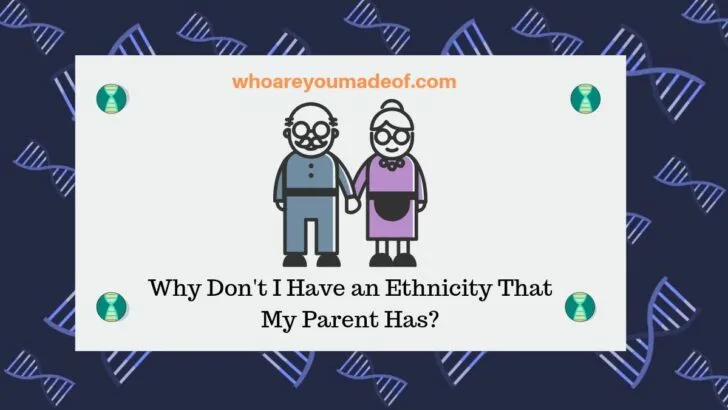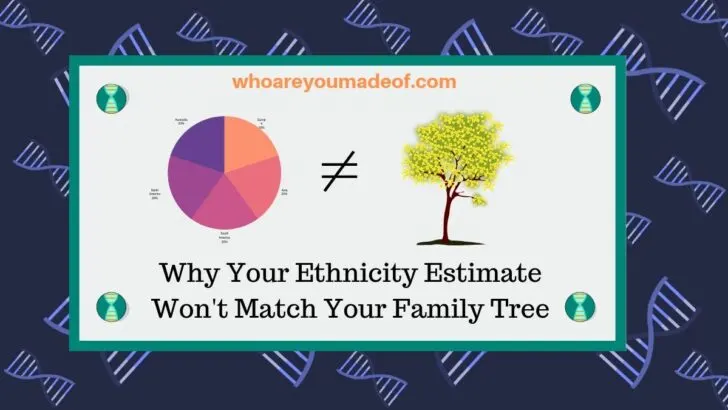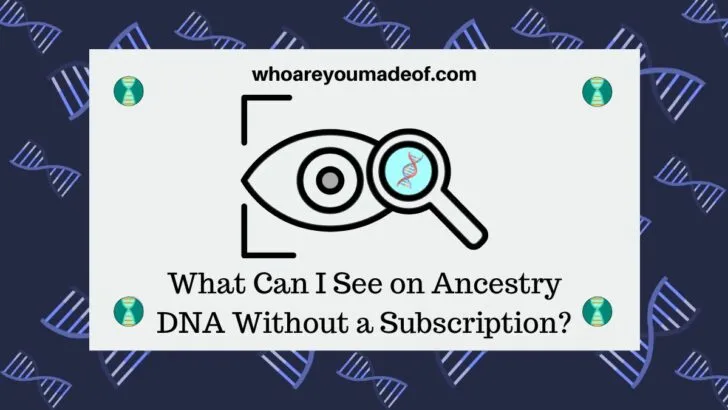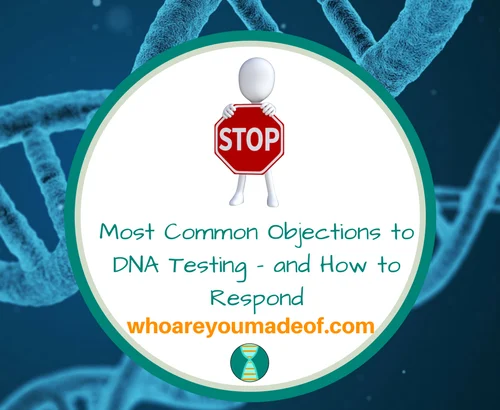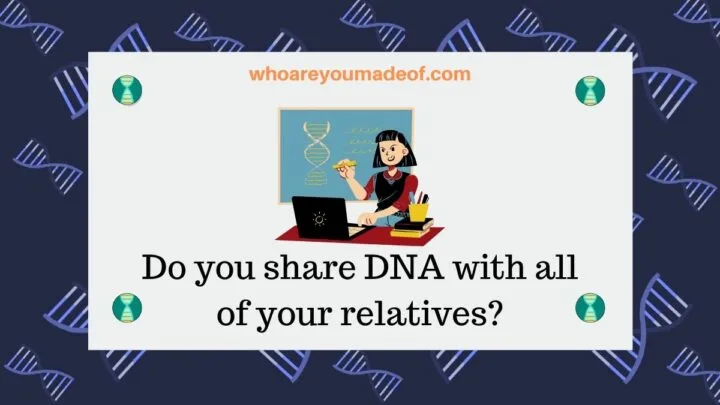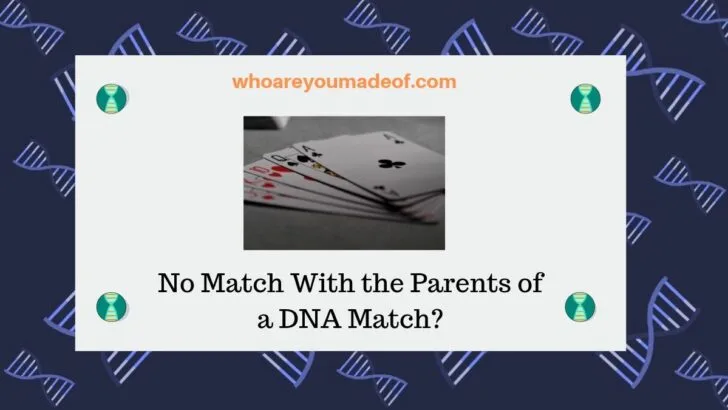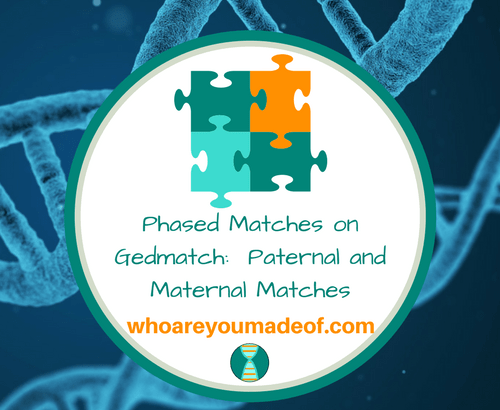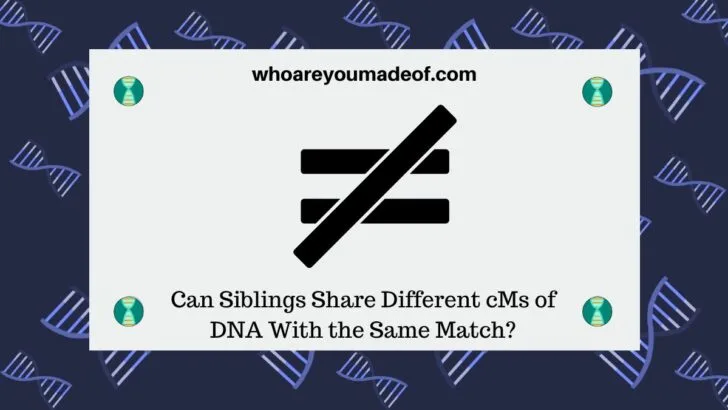Should You Expose a Family Secret Discovered Through DNA?
If you discover a secret through DNA testing, should you keep the secret, or should you expose it? What you decide to do is up to you, but you will get some ideas and guidance in this post. Most people get interested in DNA testing to find out where their family came from. Basically, they …

